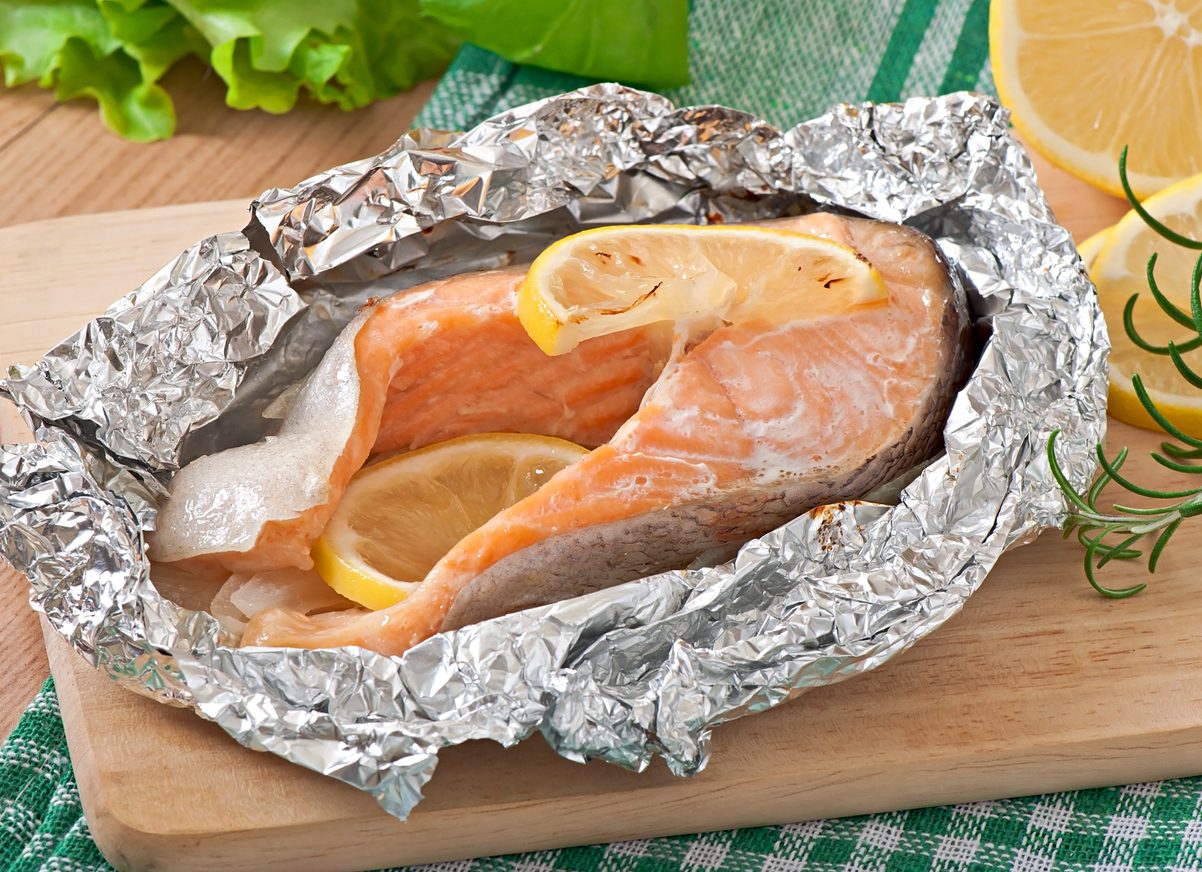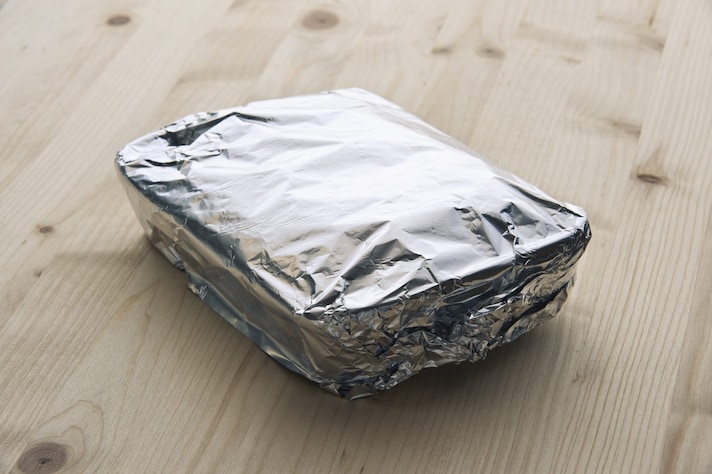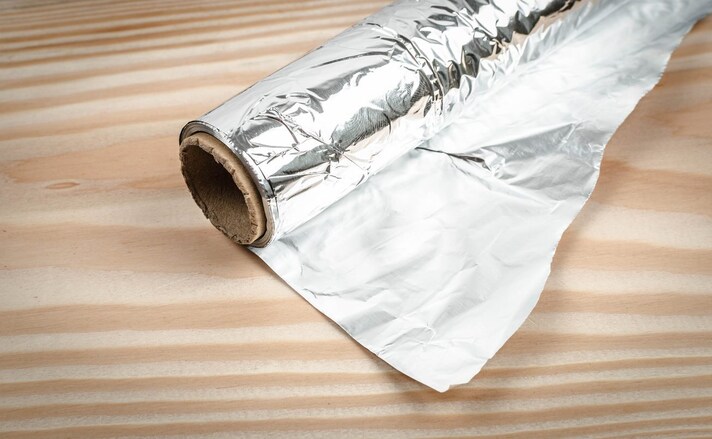How to Use Aluminum Foil The Right Way (And Safely) When You’re Cooking With It!
A few years ago, concerns were raised about the potential dangers of using aluminum, prompting the U.S. Department of Health and Human Services to step in and clarify the issue. The truth is, aluminum can be harmful if not used properly. However, when handled correctly and safely, it does not pose any health risks. Here’s everything you need to know about using aluminum safely in your home.
;Resize,width=742;)
Aluminum is one of the most used materials in the kitchen for cooking and preserving food: whether in the form of sheets or trays, it is an excellent light metal because it guarantees excellent heat conductivity, it is very convenient, economical and also versatile, because you can use it in many ways other than for cooking.
A few years ago, however, a problem came to light regarding the use of aluminum in cooking, in particular in relation to its actual safety. If used incorrectly and ingested in excessive quantities, in fact, this metal could become toxic to our organism. What does it have to do with food? Using aluminum at high temperatures could result in the transfer of the metal into the food.
While aluminum isn't inherently dangerous, the U.S. Department of Health and the World Health Organization have provided guidelines on how to use it safely to avoid any potential issues. By following a few simple rules, you can confidently use aluminum in the kitchen without worrying about health risks. Here's what you need to know.
Is Aluminum Toxic? Yes, But Not Always
Aluminum is a light metal that is naturally present in nature: it is contained in rocks, minerals and plants, it is even found in the air and therefore consequently we unconsciously absorb small quantities every day. This already answers the question: in small quantities aluminum is not harmful to the body.
It is therefore not an element to be considered toxic in an absolute sense, but it can become dangerous if ingested in quantities exceeding the limit established by the World Health Organization: if you exceed this limit you could have some damage, in particular to the nervous system and the kidney system and especially if you are a subject already weak from these points of view, but also if it concerns children or pregnant women.
After extensive studies and research, the World Health Organization has set the safe limit for aluminum consumption at 60 mg per day, a relatively high threshold. For context, the European Food Safety Authority has found that the average person consumes about 6 mg of aluminum per day, far below this limit.

Is Aluminum Safe to Use?
The main problem in the food sector arises from the fact that aluminum, in contact with some foods or during cooking, releases particles that migrate inside them, remaining on the dishes that we then consume and therefore increasing the daily intake of the metal. The release of aluminum, in fact, is favored by high temperatures, by contact with acidic or salty foods and by a prolonged storage time.
This might pose a concern, as aluminum is not only found in foil and trays used for storing or cooking food, but it's also commonly used in cookware like pots and pans. So, does this mean aluminum should be completely avoided in the kitchen? Not at all— as long as you follow the proper guidelines for its use, as outlined by the U.S. Department of Health in its campaign on safe aluminum use in the kitchen.
How to Use Aluminum Safely
With a few simple precautions, you can safely use aluminum in the kitchen. Here’s what you need to know:
- Check labels: Always read the labels on aluminum containers to ensure they are safe for food contact and follow any usage instructions provided.
- Storage time matters: If you’re storing food for less than 24 hours, it’s fine to leave it in aluminum at any temperature. For longer storage, refrigerate or freeze the food. Dry foods like legumes, coffee, chocolate, spices, and pasta can be stored at room temperature for longer than 24 hours.
- Avoid acidic or salty foods: Do not use aluminum with foods like capers, marinated items, salted fish, citrus, or vinegar, as these foods absorb aluminum particles more easily.
- Watch out for high heat: Avoid leaving aluminum in contact with very hot food for extended periods, as high temperatures can cause aluminum particles to release.
- Don’t reuse single-use containers: Once used, throw away single-use aluminum containers—they’re not designed for multiple uses.
- Take care of cookware: Don’t scratch aluminum cookware or clean it with abrasive products, as this can damage the surface.
- Don’t use in the microwave or on the stove: Never use aluminum in the microwave, and don’t place it directly on a flame or stovetop. You can use oven-safe aluminum trays, but only if the label indicates they’re safe for that purpose.

;Resize,width=767;)


;Resize,width=712;)
